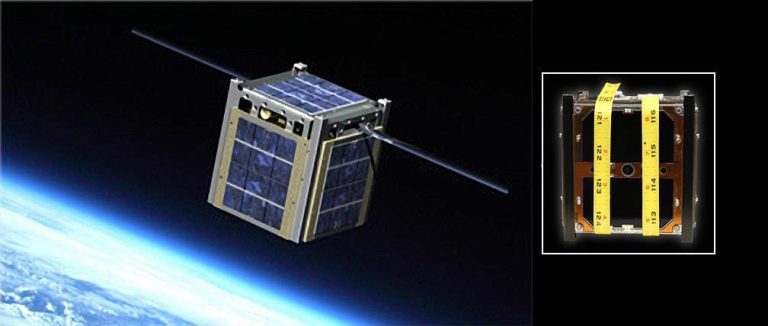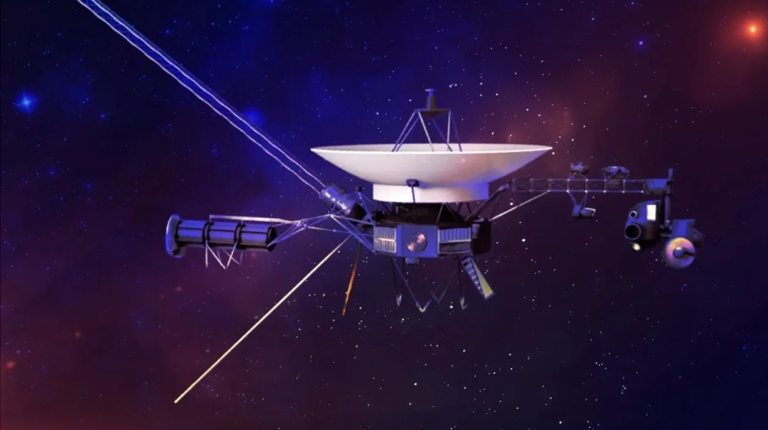How to Power CubeSats Using Deep Learning: Innovative Energy Solutions for Space
CubeSat missions face significant power management challenges, but by integrating deep learning techniques—specifically a deep feedforward neural network linked with traditional control systems—the efficiency of Maximum Power Point Tracking (MPPT) can be greatly enhanced. This innovation not only boosts overall power generation but also reduces fluctuations that may harm sensitive onboard electronics.
Summary
- CubeSats are small, modular satellites with strict power limitations.
- Power is primarily generated through solar panels, but environmental factors cause fluctuations.
- Traditional MPPT algorithms such as Perturb and Observe, Incremental Conductance, and Particle Swarm Optimization offer 88–94% efficiency.
- A new approach using deep learning (Deep Feedforward Neural Network) integrated with a proportional-integral controller reaches up to 97% efficiency.
- The algorithm optimizes solar orientation and minimizes power ripple, ensuring stable operations.
- Despite being computationally intensive, innovative techniques like linear tangents and Neville Interpretation simplify calculations.
- The deep learning model provides an adaptive solution to unpredictable space conditions.
- Two comprehensive tables compare CubeSat power system components and MPPT algorithm efficiencies.
Introduction
CubeSats are small, modular spacecraft used for various scientific and commercial missions. Designing a CubeSat involves many challenges, and one of the biggest hurdles is powering the satellite efficiently. CubeSats are typically powered by solar panels that deploy from their structured frame. However, their power generation is affected by environmental conditions such as solar radiation fluctuations and temperature variations.
The power system in a CubeSat must be both reliable and efficient. Traditional methods of power management often struggle to keep up with rapid changes in power output. Recent research has shown that deep learning can be integrated into CubeSat power systems to overcome these challenges. This technology helps optimize the Maximum Power Point Tracking (MPPT) process, which is vital for extracting the most power possible from the solar panels.
Design Challenges for CubeSat Power
CubeSat designers face many tradeoffs when choosing solar panels, batteries, and power converters. The physical limitations of CubeSats mean that there is little room to add extra components. Additionally, the harsh space environment exposes the CubeSat to unpredictable changes in sunlight and temperature, which in turn affect the power available.
Power system faults are a major reason behind CubeSat mission failures. Studies have shown that up to 25% of CubeSat missions fail due to issues with power management. This has driven the need for innovative approaches that can adapt to real-time changes in power conditions. By using deep learning algorithms, engineers can design systems that adjust dynamically, ensuring that CubeSats receive the necessary power even in fluctuating conditions.
Deep Learning in CubeSat Power Systems
Traditional MPPT algorithms such as Perturb and Observe (P&O), Incremental Conductance (InC), and Particle Swarm Optimization (PSO) have proven to be effective in achieving efficiencies ranging from 88% to 94%. However, these methods are not adaptive. Their parameters must be predetermined before launch, which limits their effectiveness in an unpredictable space environment.
To overcome these limitations, researchers have developed a Deep Feedforward Neural Network (DFFNN) that works alongside a standard proportional-integral controller. This combination outperforms conventional MPPT algorithms, achieving an efficiency of about 97% in simulated year-long missions. Although deep learning requires significant computational resources, innovative techniques such as linear tangents and Neville Interpretation simplify the calculations needed to determine the CubeSat’s trajectory and power needs.
CubeSat Component Specifications
The following table outlines some key components used in CubeSat power systems along with their specifications:
| Component | Description | Efficiency |
|---|---|---|
| Solar Panels | Convert sunlight into electrical power | Up to 20% |
| Batteries | Store electrical energy for later use | Around 85-90% |
| MPPT Controllers | Optimize power extraction from solar panels | 88-97% (depending on algorithm) |
| Deep Learning Processor | Processes data for adaptive power management | Enhanced performance |
Deep Feedforward Neural Network and MPPT Algorithm
The new algorithm uses deep learning to adjust the MPPT process in real-time. This approach is particularly effective when the CubeSat’s orientation to the Sun is not optimal. The algorithm detects changes in solar radiation and quickly recalculates the ideal angle for the solar panels, ensuring maximum power capture.
The integration of a Deep Feedforward Neural Network (DFFNN) is key to this process. The DFFNN is trained on simulated data from long-term CubeSat missions, allowing it to predict and react to changes in power conditions. By doing so, it not only increases efficiency but also minimizes “power ripple”—sudden changes in voltage or current that can harm the CubeSat’s components.
An additional benefit of this deep learning approach is its ability to lower the computational demands using techniques like linear tangents and Neville Interpretation. These methods break down complex polynomial equations into simpler forms, making real-time calculations more feasible in the limited computing environment of a CubeSat.
MPPT Algorithm Comparison
The table below compares traditional MPPT algorithms with the new deep learning approach:
| Algorithm | Efficiency | Adaptability | Computational Demand |
|---|---|---|---|
| Perturb and Observe (P&O) | 88% | Low | Low |
| Incremental Conductance (InC) | 90% | Low | Moderate |
| Particle Swarm Optimization | 94% | Moderate | High |
| Deep Learning DFFNN | 97% | High | High (optimized with new techniques) |
The improved efficiency of the deep learning method, even by a small percentage, is significant in the context of CubeSat missions. Every watt counts when space and weight are limited, and these small improvements can ultimately determine mission success.
Benefits for Space Missions
Improving the power efficiency of CubeSats using deep learning has several benefits. Higher efficiency means that CubeSats can perform longer missions and collect more data. Reduced power ripple also leads to less wear and tear on the electronic components, enhancing the overall lifespan of the spacecraft.
The approach also offers flexibility. Instead of having fixed parameters for power management, CubeSats can now adapt to varying conditions in space. This dynamic adaptability increases the reliability of CubeSat missions and can be crucial during critical operations like data collection or scientific experiments.
CubeSat missions have already begun exploring these new technologies. For example, you can learn more about the innovative approach in the Deep Learning-Based MPPT Approach to Enhance CubeSat Power Generation paper. Other exciting missions include a 3U CubeSat designed for asteroid flybys, a CubeSat mission for detecting X-rays from GRBs and black-hole mergers, and the first CubeSat equipped with a Hall-Effect Thruster. Video resources on this topic are available at this link and this link.
Facts
- CubeSats were first introduced as educational tools but now play a major role in space research.
- Modern CubeSats can perform complex tasks like Earth observation and scientific experiments.
- The integration of deep learning in space technology is a relatively new but fast-growing field.
- Even a small efficiency gain in CubeSat power systems can lead to major improvements in mission outcomes.
- Innovative algorithms reduce not only power ripple but also the risk of component failure.




